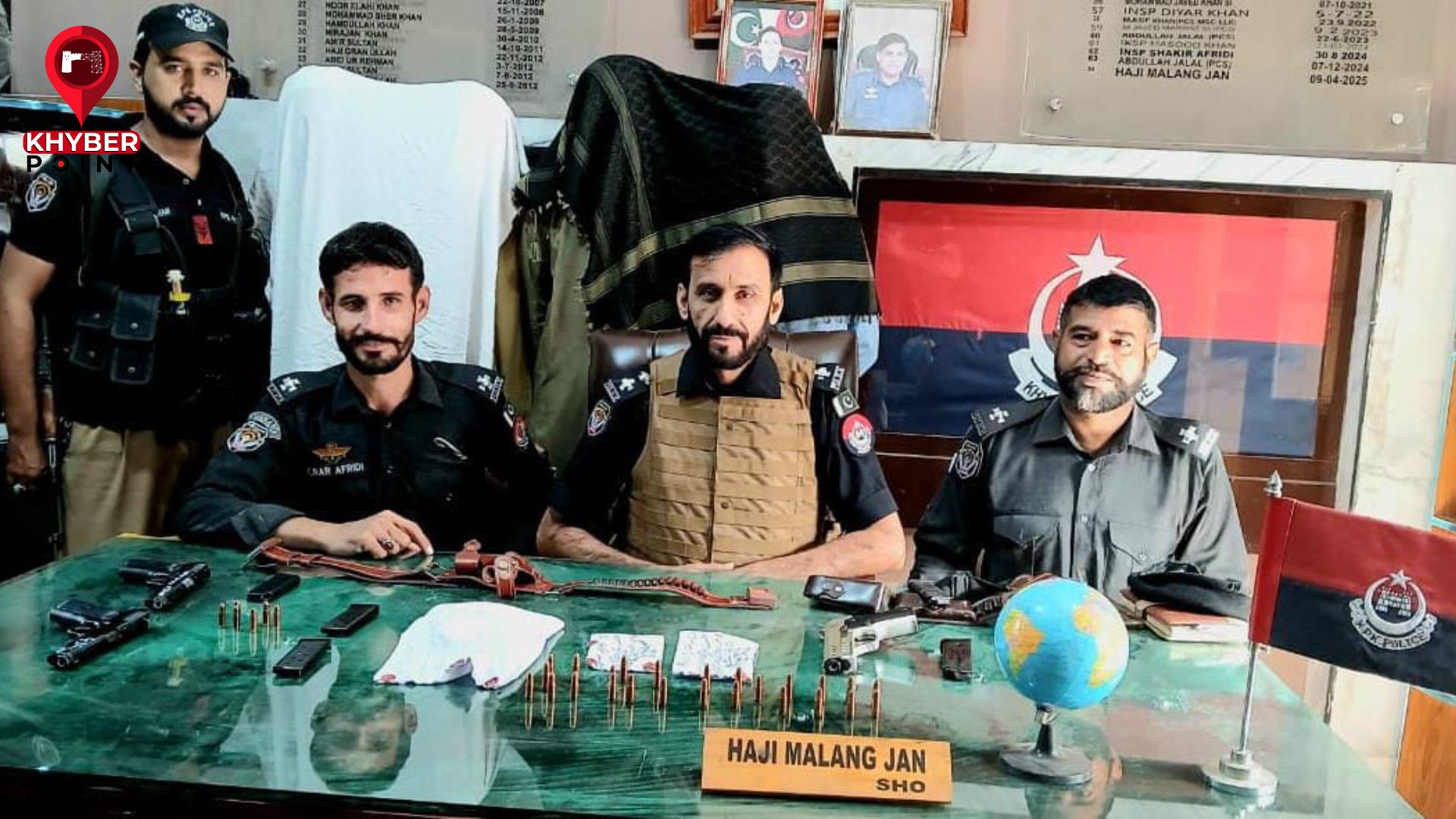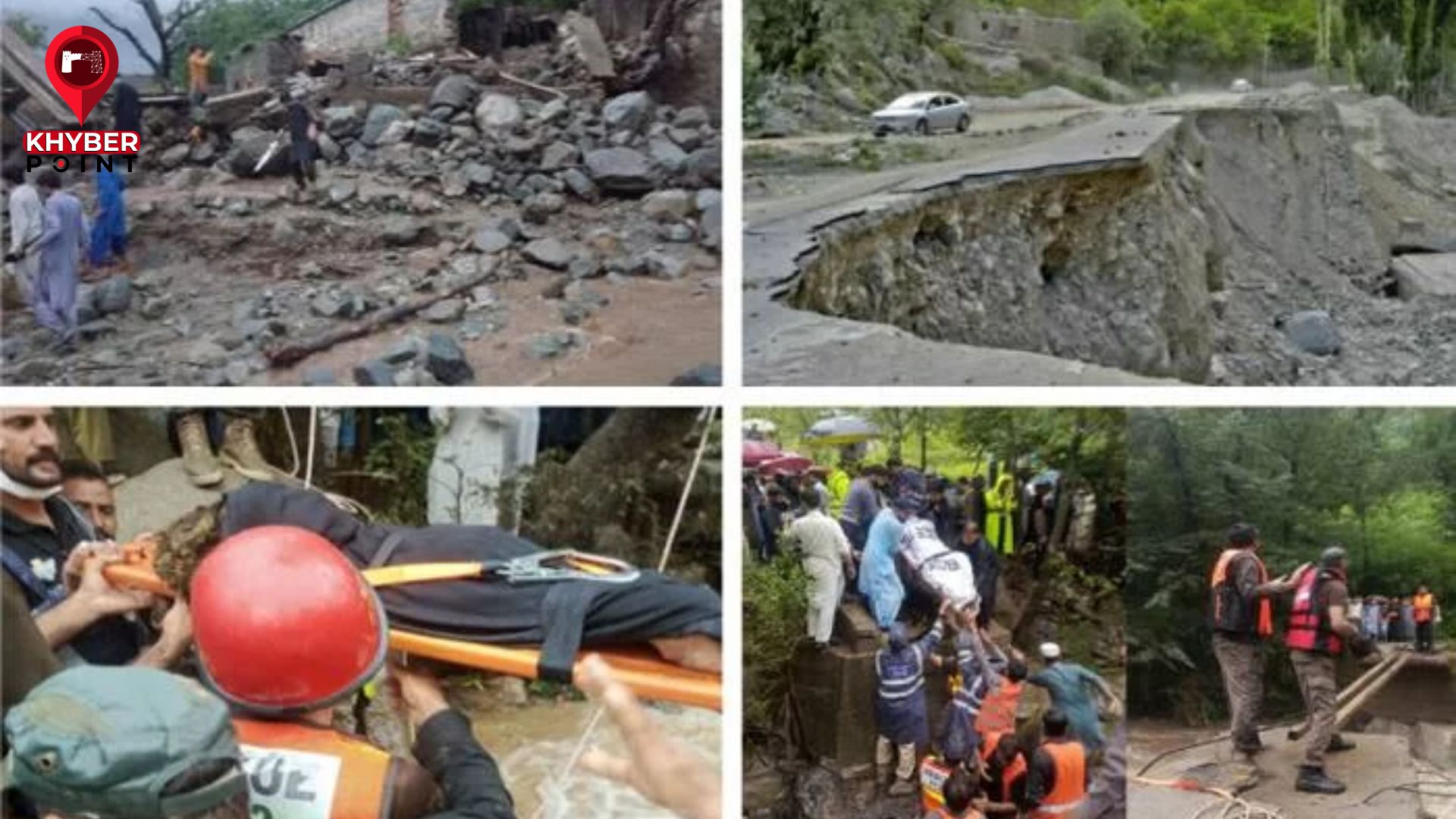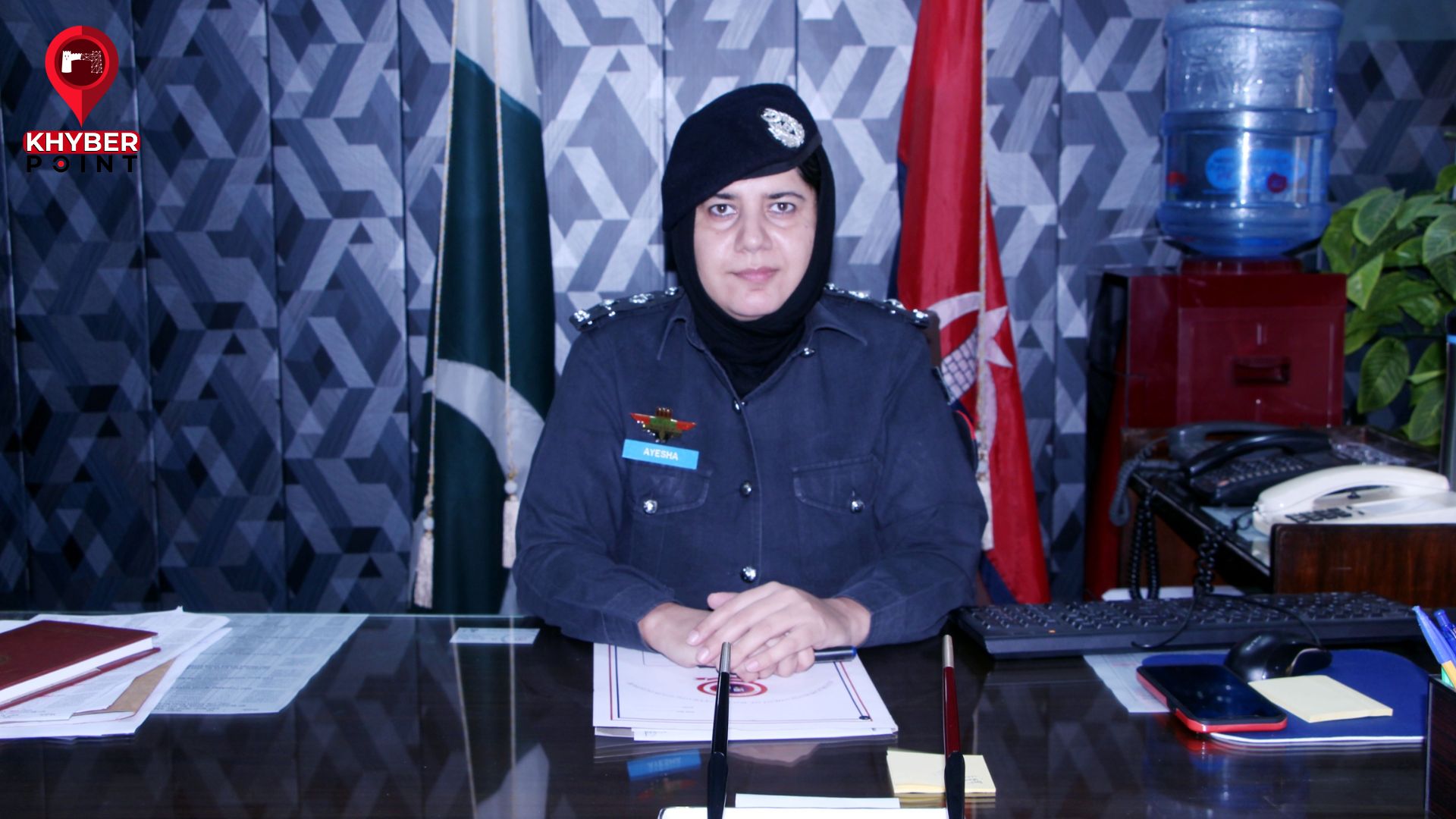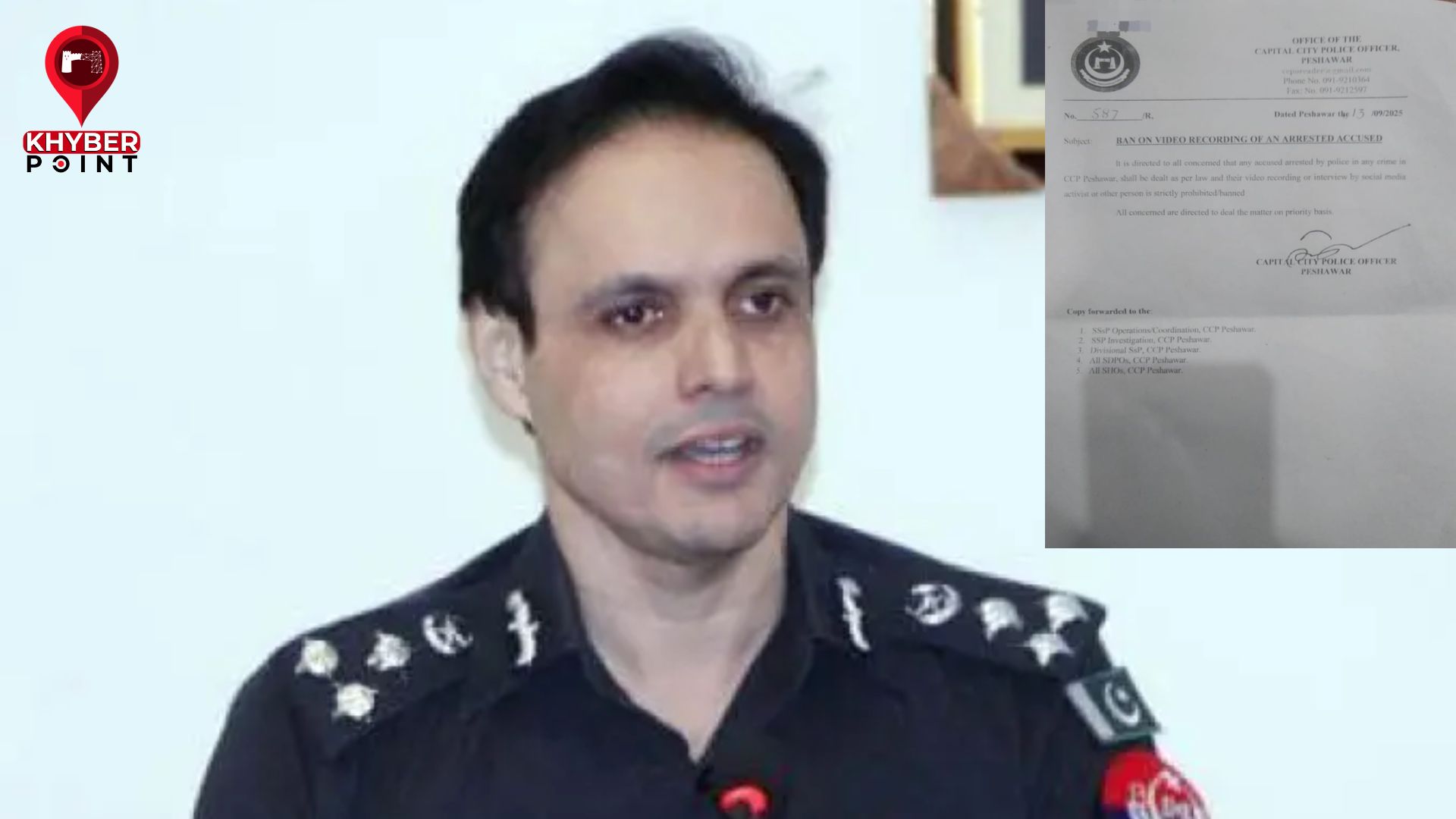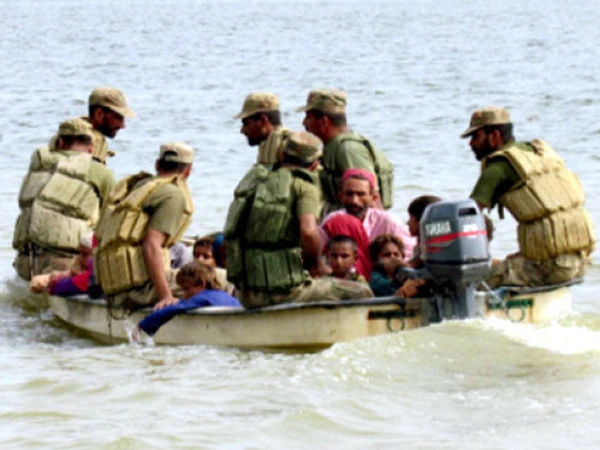Islamabad( Khyber point )The National Disaster Management Authority (NDMA) has warned that Lahore and other parts of Punjab face a “very high to exceptionally high” flood threat, as heavy rains and India’s release of water from two dams swelled rivers and led authorities to seek army assistance in six districts.
Both nations have been hit by intense monsoon rains and flooding in recent weeks.
The release of excess water from India’s dams threatens to further flood parts of Punjab province, which serves as the country’s breadbasket and is home to half of its 240 million people.
Relentless rains coupled with water releases from India have pushed the rivers into dangerous territory, forcing authorities to raise the alarm.
As a result, floodwaters surged in the Ravi, Chenab, and Sutlej, causing breaches in Narowal, Sialkot, and Shakargarh with reports that in Zafarwal, part of Hanjli Bridge collapsed under the pressure of Nullah Dek, cutting off road links to dozens of villages.
The NDMA in its latest advisory eaerly on Wednesday described the situation as “extreme” and warned that vulnerable areas are already under threat.
The Ravi, swelling rapidly at Jassar, is carrying 170,000 cusecs of water and is projected to surge to 250,000 cusecs by morning — a volume that could overwhelm embankments and inundate nearby settlements.
The Chenab at Marala, always a critical flashpoint during high monsoon flows, could see a staggering 690,000 cusecs, while the Sutlej at Ganda Singh Wala is already heaving with 245,000 cusecs — with more still to come.
Rescue authorities are scrambling to prepare. The NDMA has urged families in low-lying areas to move to safer ground, warning that waiting any longer could put lives at risk.
In Shahdara and along the Motorway-2 stretch, the Ravi has been creeping up fast, forcing people to prepare for the possibility of evacuation.
Officials have also been telling citizens to cut down on travel unless absolutely necessary and to stay in touch with local rescue teams.
“The rivers are unforgiving right now,” one official remarked, stressing that the next few hours will show whether the protective walls hold — or whether neighbourhoods on the fringe will have to be cleared out at short notice.
India’s release of an additional 200,000 cusecs into the Ravi and the expected 100,000 cusecs into the Chenab has raised fears of very high flooding in the next 48 hours.
Rescue teams continued shifting stranded residents by boats from river-adjacent areas, while Shakargarh’s Nullah Bainsi and Nullah Basantar overflowed, submerging connecting roads and several villages.
The provincial government has called in the army to help civil authorities as floodwaters continue to disrupt life in six districts, including Lahore, Kasur, Sialkot, Faisalabad, Narowal and Okara.
Officials said district administrations in the affected areas had sought immediate military assistance to protect lives and support ongoing rescue operations.
Rescue 1122, civil defence, police and local administration are already on the ground, but the scale of the crisis has stretched their resources thin.
The Punjab Home Department has formally written to the federal interior ministry requesting deployment of troops in the six districts.
Provincial Disaster Management Authority (PDMA) said late on Tuesday that India had opened all the gates of its Thein Dam on the Ravi River.
India’s water resources ministry did not immediately respond to a request for comment.
The announcement came a day after Pakistan received a secondwarning from India that it intended to release water from the rapidly filling Madhopur Dam. Both dams are located on the Ravi River, which flows from Indian Punjab into Pakistan.





